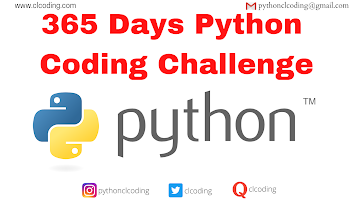This textbook establishes a theoretical framework for understanding deep learning models of practical relevance. With an approach that borrows from theoretical physics, Roberts and Yaida provide clear and pedagogical explanations of how realistic deep neural networks actually work. To make results from the theoretical forefront accessible, the authors eschew the subject's traditional emphasis on intimidating formality without sacrificing accuracy. Straightforward and approachable, this volume balances detailed first principle derivations of novel results with insight and intuition for theorists and practitioners alike. This self contained textbook is ideal for students and researchers interested in artificial intelligence with minimal prerequisites of linear algebra, calculus. informal probability theory. it can easily fill a semester long course on deep learning theory. For the first time, the exciting practical advances in modern artificial intelligence capabilities can be matched with a set of effective principles, providing a timeless blueprint for theoretical research in deep learning.
Sunday, 26 November 2023
Popular Posts
-
Learning Data Science doesn’t have to be expensive. Whether you’re a beginner or an experienced analyst, some of the best books in Data Sc...
-
Introduction In the world of data science and analytics, having strong tools and a solid workflow can be far more important than revisitin...
-
In the fast-paced world of software development , mastering version control is essential. Git and GitHub have become industry standards, ...
-
Artificial Intelligence has shifted from academic curiosity to real-world impact — especially with large language models (LLMs) like GPT-s...
-
Code Explanation: 1. Class Definition class A: This defines a class named A. A class is a blueprint for creating objects. Any object creat...
-
If you're learning Python or looking to level up your skills, you’re in luck! Here are 6 amazing Python books available for FREE — c...
-
Machine learning (ML) is one of the most in-demand skills in tech today — whether you want to build predictive models, automate decisions,...
-
Step-by-step Explanation 1️⃣ lst = [10, 20, 30] You start with a list of three numbers. 2️⃣ for i in range(len(lst)): len(lst) = 3 , so ...
-
📘 Introduction If you’re passionate about learning Python — one of the most powerful programming languages — you don’t need to spend a f...
-
As machine learning (ML) becomes more integral to real-world systems — from recommendation engines to autonomous systems — the models and ...
Categories
100 Python Programs for Beginner
(118)
AI
(161)
Android
(25)
AngularJS
(1)
Api
(6)
Assembly Language
(2)
aws
(27)
Azure
(8)
BI
(10)
Books
(254)
Bootcamp
(1)
C
(78)
C#
(12)
C++
(83)
Course
(84)
Coursera
(299)
Cybersecurity
(28)
Data Analysis
(24)
Data Analytics
(16)
data management
(15)
Data Science
(226)
Data Strucures
(14)
Deep Learning
(76)
Django
(16)
Downloads
(3)
edx
(21)
Engineering
(15)
Euron
(30)
Events
(7)
Excel
(17)
Finance
(9)
flask
(3)
flutter
(1)
FPL
(17)
Generative AI
(49)
Git
(6)
Google
(47)
Hadoop
(3)
HTML Quiz
(1)
HTML&CSS
(48)
IBM
(41)
IoT
(3)
IS
(25)
Java
(99)
Leet Code
(4)
Machine Learning
(198)
Meta
(24)
MICHIGAN
(5)
microsoft
(9)
Nvidia
(8)
Pandas
(12)
PHP
(20)
Projects
(32)
Python
(1222)
Python Coding Challenge
(902)
Python Quiz
(350)
Python Tips
(5)
Questions
(2)
R
(72)
React
(7)
Scripting
(3)
security
(4)
Selenium Webdriver
(4)
Software
(19)
SQL
(45)
Udemy
(17)
UX Research
(1)
web application
(11)
Web development
(7)
web scraping
(3)










.png)







.png)

























0 Comments:
Post a Comment